



Utilising a high-pressure cleaning device can significantly enhance the effectiveness of maintaining a vehicle’s exterior. These machines excel at dislodging dirt, grime, and other contaminants that traditional methods might struggle to remove. With appropriate settings, it becomes possible to achieve a thorough clean while minimising the physical effort involved.
However, caution is paramount. Incorrect usage could lead to damage to sensitive components, such as electrical systems or paintwork. Selecting the right nozzle and setting the pressure accordingly is critical–approximately 1200 to 1900 PSI is a commonly recommended range for automotive surfaces. Always maintain a safe distance, ideally around 2 feet, from the surface to prevent any unintended harm.
Incorporating a specific nozzle designed for delicate surfaces can further mitigate risks. This focused attachment allows for a more controlled water flow, reducing the chance of paint scratches or other issues. The cleaning solution applied prior to using the device can aid in loosening stubborn debris, allowing for more efficient results.
Regular maintenance with this cleaning approach can preserve the vehicle’s appearance and value over time. It promotes not only aesthetics but also assists in identifying potential issues such as rust or structural damage early on. Thus, the integration of a high-pressure cleaning device into an automotive care regimen can be a beneficial strategy when approached with proper knowledge and precautions.
Cleaning Cars with a Pressure Washer
Utilising high-pressure equipment can yield excellent results, but there are crucial aspects to consider. Always adjust the nozzle to a wider spray pattern to avoid damaging the paintwork.
Follow these guidelines for optimal outcomes:
- Distance: Maintain a minimum distance of 2-3 feet from the surface to prevent chipping or stripping of paint.
- Adjust Settings: Use a lower setting to avoid high-impact water that could harm seals and gaskets.
- Safe Products: Opt for detergents specifically formulated for automotive surfaces. Harsh chemicals may damage finishes.
- Drying: After rinsing, dry the surface thoroughly to prevent water spots and streaks.
- Frequency: Regularly wash with a moderate approach to maintain appearance without causing wear.
Observing these practices will enhance the longevity and aesthetics of the vehicle, while also ensuring that this method is applied effectively and responsibly. Happy washing!
Understanding the Benefits of Pressure Washing Your Vehicle
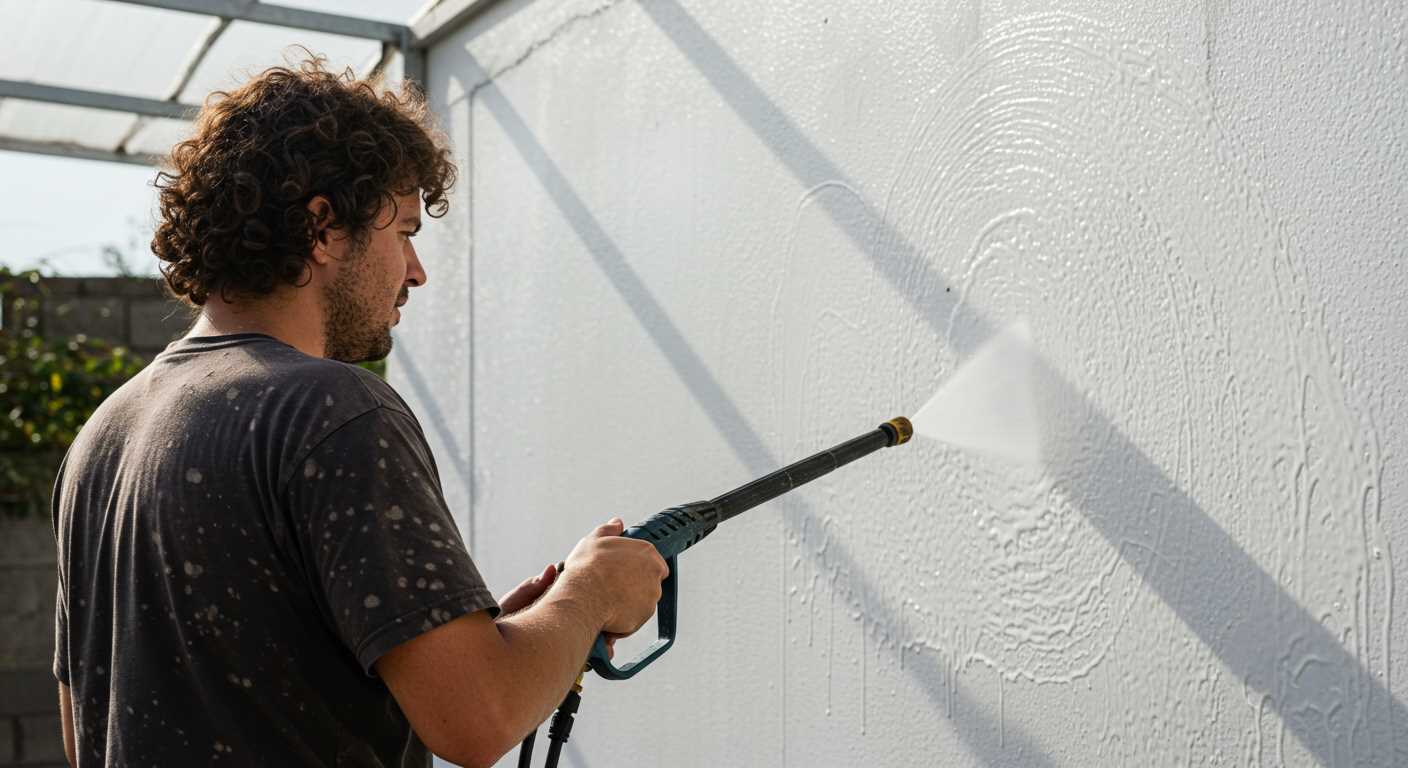
Utilising a high-pressure approach offers multiple advantages. Here are key benefits worth considering:
Thorough Cleaning Capabilities
High-velocity water jets can dislodge stubborn grime, mud, and road salt that conventional methods often miss. This thorough removal contributes significantly to vehicle aesthetics and enhances long-term maintenance. Noteworthy benefits include:
- Effective elimination of dirt and debris in hard-to-reach areas.
- Reduction of corrosion risk by removing harmful contaminants.
- Enhanced clarity and shine of the exterior surfaces.
Time Efficiency
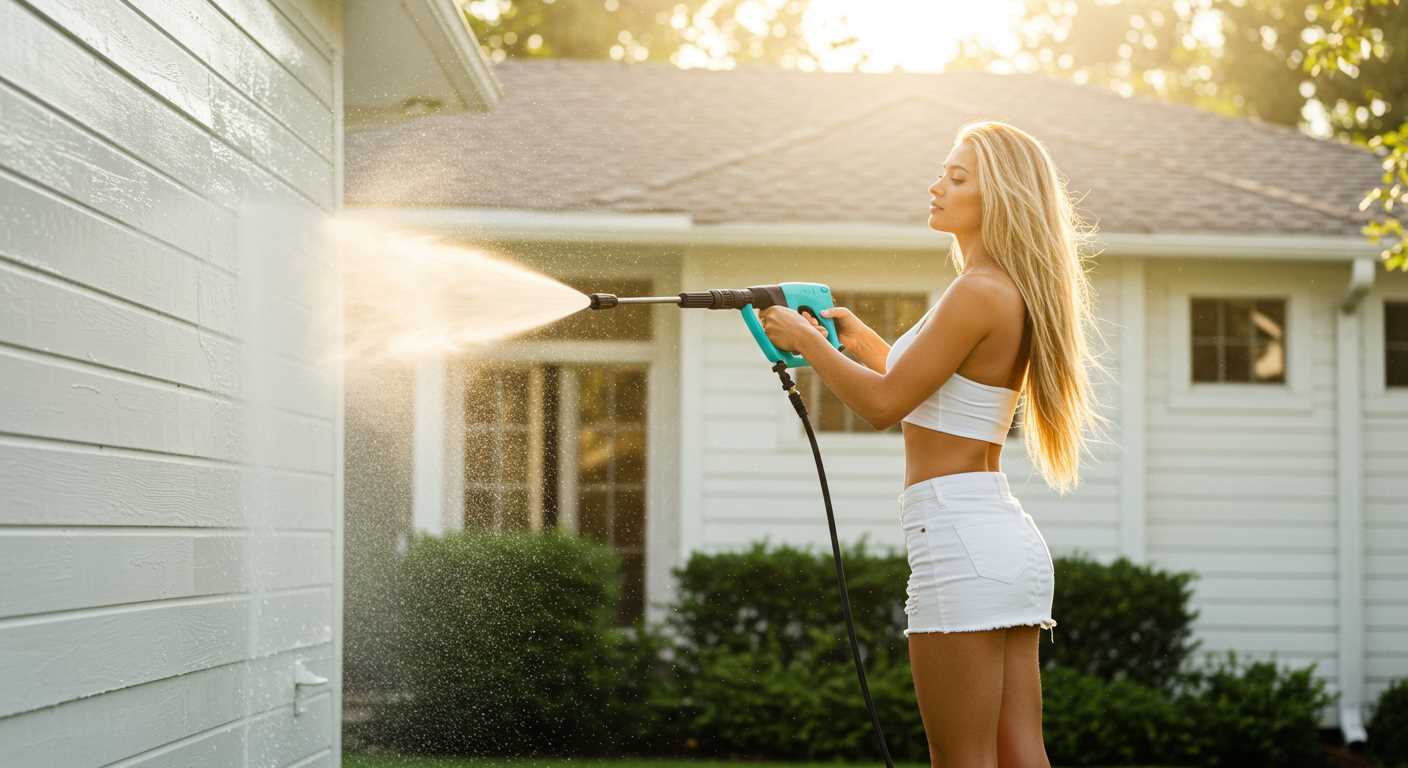
The application of intense water pressure vastly reduces the amount of time needed for a complete exterior wash. Compared to traditional methods, this approach can save considerable effort. Specific advantages include:
- Fast cleaning on large surface areas, making it ideal for larger vehicles.
- Less need for manual scrubbing, reducing physical exertion.
- Quick rinse, leading to immediate results.
In essence, utilising a powerful washing technique can enhance both the appearance and longevity of a vehicle while optimising time spent on maintenance tasks.
Identifying the Risks of Using a Pressure Washer
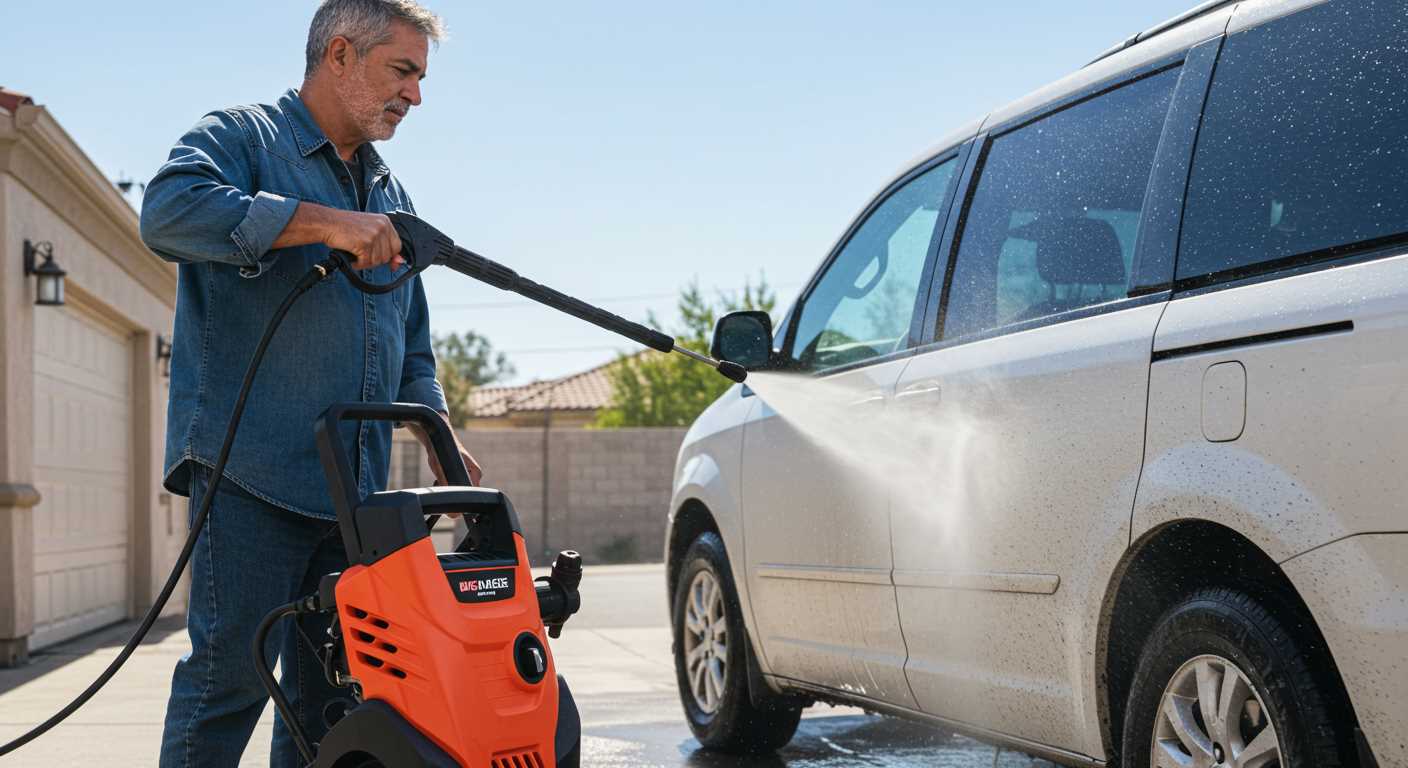
Utilising a high-pressure water system can yield unintended consequences. Poor technique or equipment misuse can lead to damage. Here’s a breakdown of potential risks:
| Risk | Description |
|---|---|
| Paint Damage | Excessive force can strip paint or cause chips, particularly on older surfaces. Maintaining a safe distance is essential. |
| Surface Scratches | Incorrect nozzle selection might lead to abrasions on softer materials, such as plastic trims or glass. |
| Water Ingress | High-pressure streams can penetrate seals and joints, potentially causing water damage to interiors. |
| Injury Risk | The force emitted can cause physical harm. Proper protective gear is recommended to mitigate risks. |
| Environmental Impact | Excessive water usage and runoff can contribute to environmental degradation, particularly in urban areas. |
Adhering to guidelines while operating such equipment can diminish these hazards. Conduct thorough research and consider professional services if uncertain. Prioritising safety enhances the experience and outcome.
Choosing the Right Pressure Washer for Vehicle Maintenance
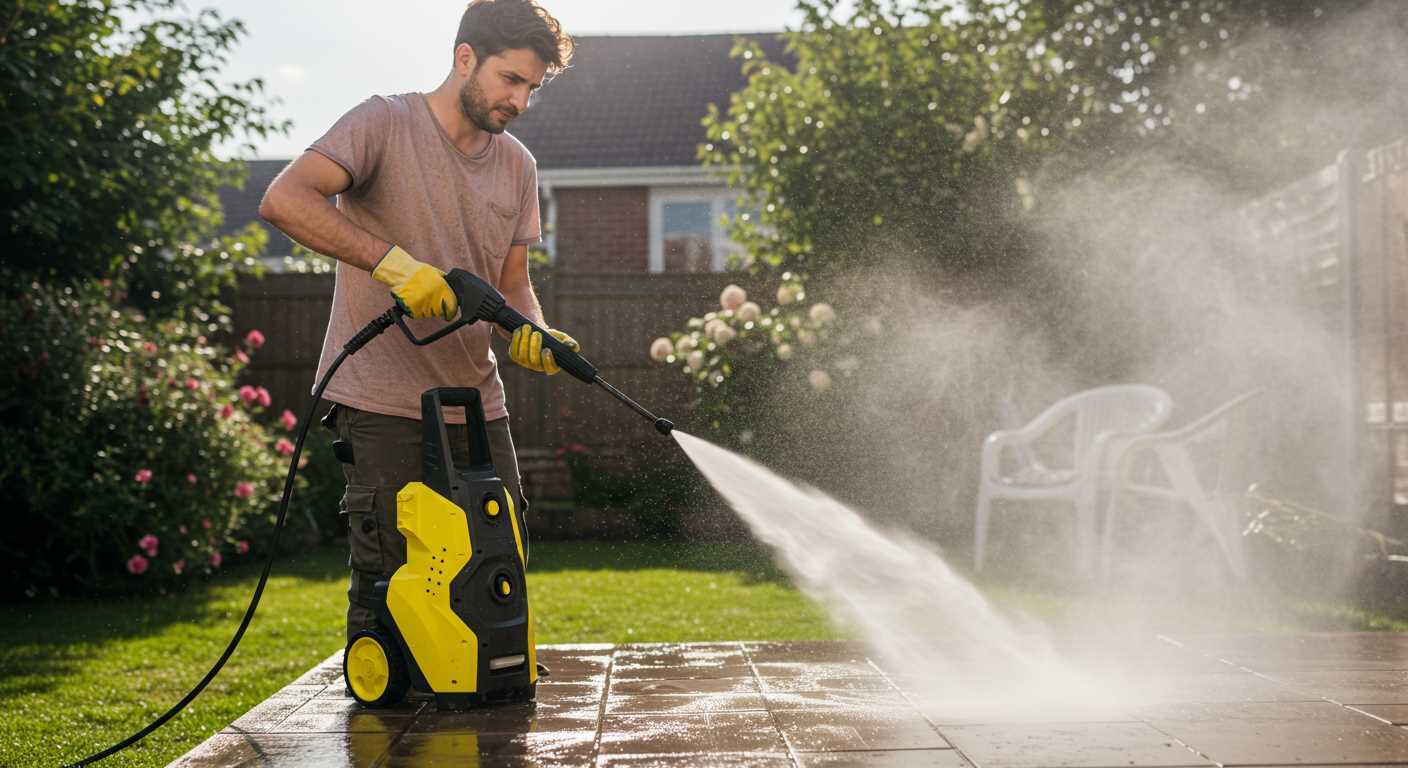
Select a unit with a pressure rating between 1200 to 1900 PSI for optimal results. This range balances cleaning power while minimising the risk of damaging paintwork. Higher pressures can strip wax and clear coat, leading to costly repairs.
Prioritise electric models for convenience and ease of use. They are typically quieter and more suitable for residential settings. Gas-powered variants, while more powerful, require additional maintenance and can pose storage challenges.
Look for a unit equipped with adjustable nozzles. Varied spray patterns allow for tailored cleaning based on vehicle surfaces, from gentle rinsing to intense dirt removal. A wide-angle nozzle works well for pre-soaking, while a narrow jet is perfect for tough grime.
A reliable detergent tank also proves beneficial. Pressure washers with built-in tanks simplify the application of specialised cleaning solutions designed for automotive finishes. Ensure compatibility with the selected cleaning products to achieve the best outcome.
Consider portability features such as wheels and a lightweight frame. Moving the unit around a driveway or garage should be hassle-free, especially when tackling larger vehicles. A well-designed handle contributes to overall manoeuvrability.
Lastly, review customer feedback and expert opinions on various brands. Some manufacturers offer extended warranties, which can indicate the quality and durability of the equipment. Testing demonstrations in-store often helps to gauge performance before making a decision.
Best Techniques for Pressure Washing Your Vehicle
Begin by selecting a low-pressure setting, ideally around 1200 to 1900 PSI. This range ensures removal of dirt without damaging the paintwork. Keep the nozzle at least 2 feet away from the surface to prevent concentrated blasts that could cause scratches.
Utilise a fan spray pattern for a broad reach, particularly on larger surfaces. Avoid direct jets on sensitive areas like trim, mirrors, and seals; a wider spray mitigates risks.
Pre-soaking proves beneficial. Employ a dedicated automotive detergent to break down grime. Apply it using a foam cannon or a hand wash before introducing the high-pressure stream. Allow the detergent to sit for a few minutes to maximise effectiveness.
Work systematically. Start from the top and progress downwards, ensuring runoff does not bring dirt back onto already washed areas. This method maintains consistent cleanliness and efficiency.
Pay close attention to wheel wells and undercarriage. Use specific attachments designed for these areas, allowing for thorough cleaning without the risk of harm to adjacent bodywork.
After rinsing, drying the surface with a soft microfiber cloth prevents water spots. Consider using a detailing spray post-wash for added shine and protection against environmental elements.
Regular maintenance of the equipment is key. Clean nozzles and hoses after use to ensure optimal performance. A well-maintained washer will provide consistent power for future jobs and prevent clogs or damage.
Avoiding Damage: What to Watch Out For
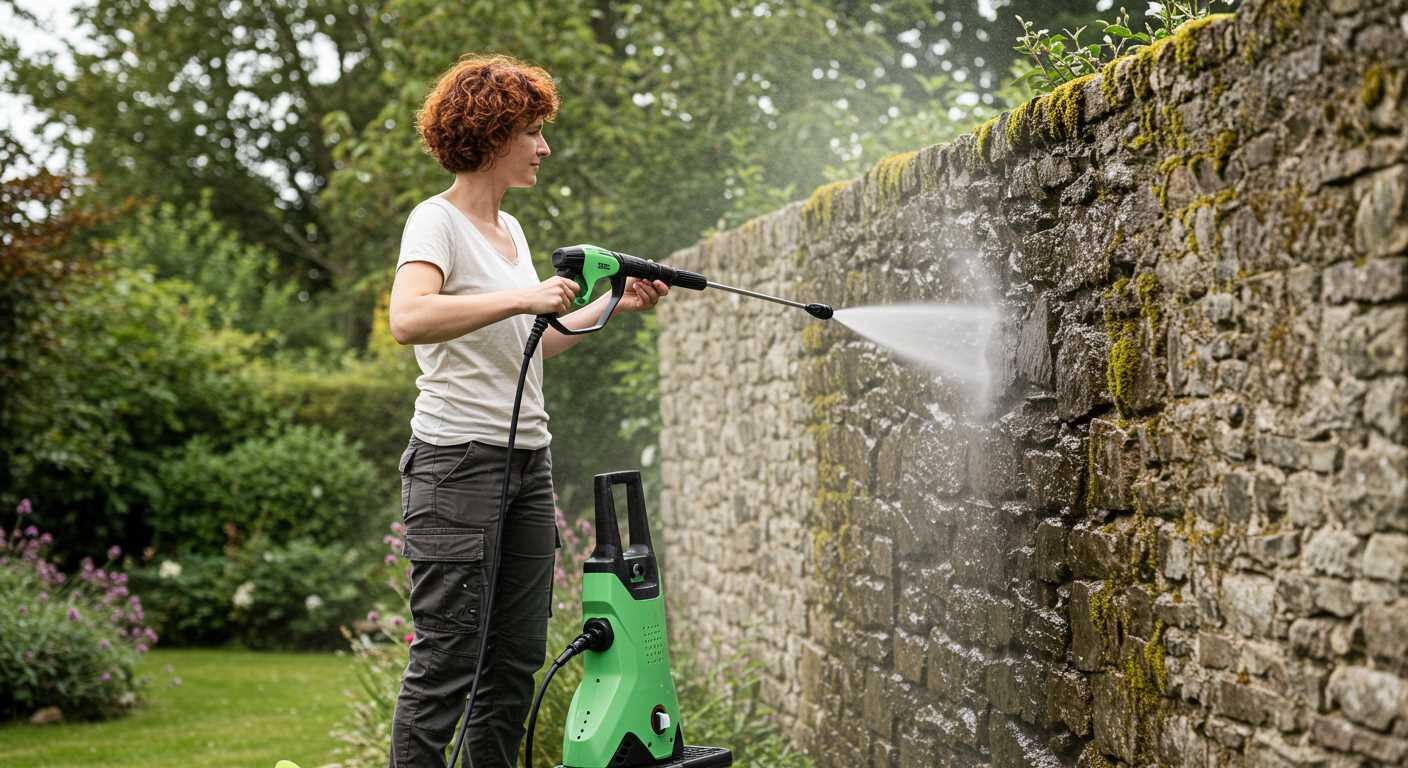
Ensure to maintain a minimum distance of 12 inches from the vehicle’s surface to prevent chipping paint or causing dents. A suitable nozzle should be selected; the fan nozzle, with its wide spray pattern, helps reduce the risk of concentrated force on a specific spot, which could lead to damage.
Inspect all seals and fittings around doors, windows, and other openings. High-pressure water can infiltrate these areas, potentially leading to the growth of mould and mildew in the vehicle’s interior. Regularly check for any wear and tear that could compromise these seals.
Surface Sensitivity
Certain materials like brushed aluminium or chrome are highly sensitive to aggressive cleaning methods. Using a pressure washer on such surfaces may result in scratches or dullness. Conduct a test in a less visible area before proceeding with a full clean.
Environmental Concerns
Be cautious of surrounding areas. Avoid directing spray towards electrical components, air intakes, or exhaust outlets. Water damage to electronic systems can lead to costly repairs. Additionally, use biodegradable cleaning agents to minimise impact on the environment.
Comparing Pressure Washing with Traditional Car Cleaning Methods
Utilising a high-powered washer for automotive upkeep offers distinct advantages over conventional techniques. The forceful jet significantly reduces time spent on dirt and grime removal, particularly in hard-to-reach areas. In my extensive experience, this method proves highly effective for dissolving stubborn residues without excessive scrubbing.
Efficiency and Time Savings
Traditional approaches, such as bucket washing, demand considerable effort and time. Rinsing, applying soap, and repeated manual scrubbing creates a labor-intensive process. In contrast, utilising a water cannon effectively removes debris in a fraction of the time, making it ideal for those with a busy lifestyle. The rapid action translates to less time spent on the task, freeing up valuable hours for other activities.
Effectiveness on Stubborn Stains
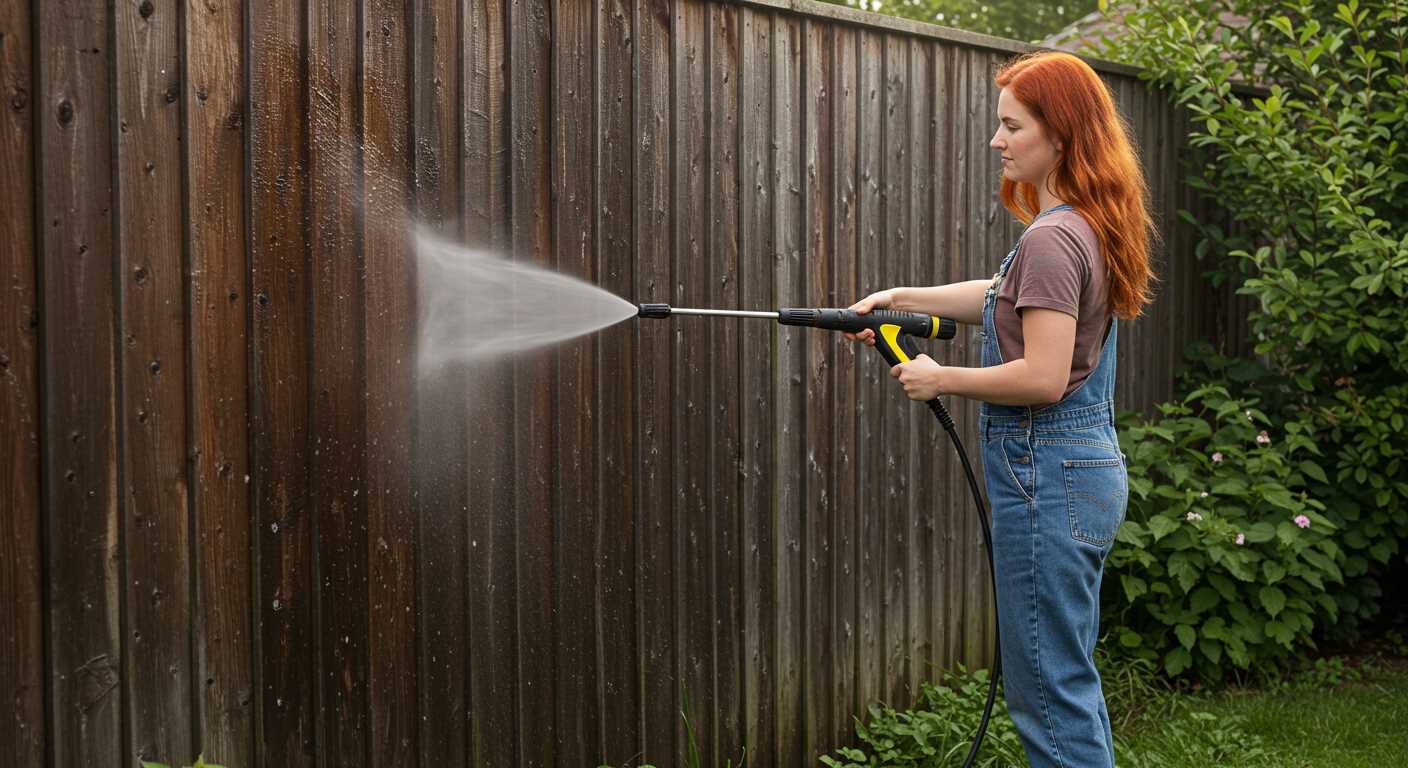
Another notable difference lies in stain removal. Conventional cloths and sponges often struggle with ingrained dirt. The concentrated force of a high-pressure stream can dislodge contaminants embedded in surfaces, resulting in a thorough clean. When blessed with a powerful nozzle, even caked-on mud and bird droppings vanish effortlessly, restoring a glossy appearance that traditional methods might miss.
Maintaining Your Pressure Washer for Car Care
Regular upkeep of the cleaning unit optimises performance and prolongs its lifespan. Begin by inspecting the nozzle for clogs. A blocked nozzle can disrupt water flow and pressure, leading to inefficient results. Clean it with a soft brush or a pin if necessary.
Next, check and replace the oil as specified in the manufacturer’s guidelines. Fresh oil ensures that the motor operates smoothly while preventing overheating. Maintaining the correct oil level is crucial; too much or too little can cause damage.
Inspect the hoses for wear or leaks. Cracks can compromise water pressure and lead to unforeseen repairs. Regularly replace fractured parts to maintain efficiency. Securing connections is essential to prevent any loss of power during use.
Cleaning the filter is another important step. A dirty filter reduces water intake, impacting the machine’s effectiveness. Remove it and rinse it under lukewarm water to clear debris. Allow it to dry completely before reinstalling.
Store the device properly after each use. Keeping it in a dry, cool area protects against elements that could cause rust or corrosion. Additionally, consider using a cover for added protection.
Flushing the system after use is beneficial, especially if the washer is regularly exposed to harsh detergents or additives. Run clean water through the unit to clear out any residue, which helps maintain optimal performance for future tasks.
Lastly, refer to the user manual for specific guidelines tailored to the model. Each unit has unique maintenance needs that ensure it runs efficiently and effectively over time.










